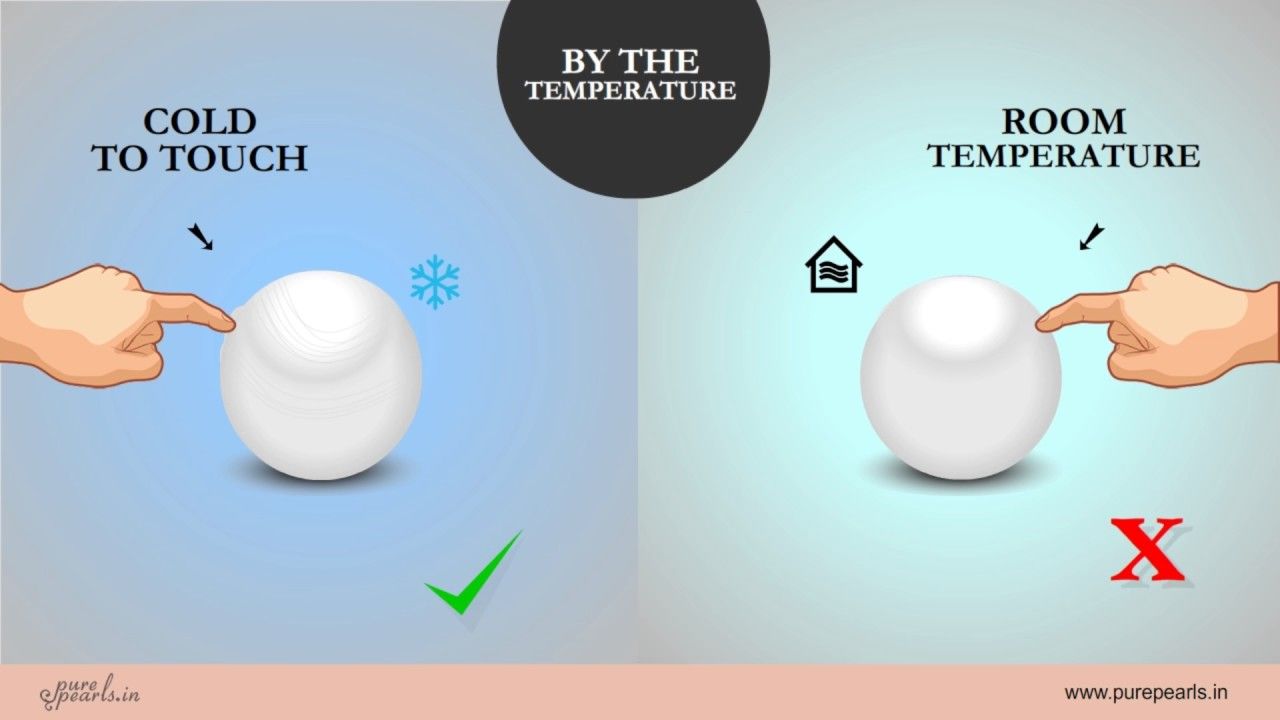Real pearls would have been strung on silk thread and knotted between each pearl to stop them rubbing together and protect against breakage.
A real pearl.
These pearls are created the old fashioned way but with a little assistance from man.
Stringing on cotton or twine with or without knots isn t a good omen.
If you look very closely at them even under a magnifying glass you will notice these surface ridges and the specific quality to each pearl whereas fake pearls they all of them look identical and have smooth surfaces.
South sea pearls grow in a large pearl oyster native to australia the philippines myanmar and indonesia.
They are the largest and most valuable pearls grown today with average sizes ranging from 10 to 15 millimeters.
A pearlis a hard glistening object produced within the soft tissue specifically the mantle of a living shelledmolluskor another animal such as fossil conulariids.
A cultured pearl is a real pearl grown in a shellfish or mollusk.
If you grab a real pearl necklace in one hand and a faux pearl necklace with the same amount of gems in the other more often than not the real pearls will feel heavier.
A real pearl has a unique pearl luster and a natural rough feel.
Fake pearls made from glass or plastic will usually be almost perfectly smooth.
Here s an example of an imitation necklace.
The drill hole test.
What are real pearls.
Note the very large perfectly formed pearls but cheap clasp.
A real pearl is produced by pearl bearing oysters either in fresh or salt water.
Real pearls are heavier than fake pearls one of the very first differences between real and fake pearls is no other than their weight.
South sea pearls are often referred to as the rolls royce of pearls.
A real pearl will usually have a slightly rough or gritty texture from tiny scale like imperfections in its outer layers of nacre.
These ridges may not be visible to the naked eye.
This is because it has small ridges on its surface.
Real pearls are substantial and solid.
It s worth noting that almost all pearls on the market today are cultured.
You should be feeling the weight of the pearl when you hold it in your hands.
Another way of telling whether a pearl is real is by checking its luster.
Fake pearls are often very light especially plastic or ceramic ones while glass pearls often feel heavier than real pearls.
Depending on whether human assistance is involved or not this organic gem can either be cultured or natural.
Over 99 of the real pearls sold today are cultured pearls.

